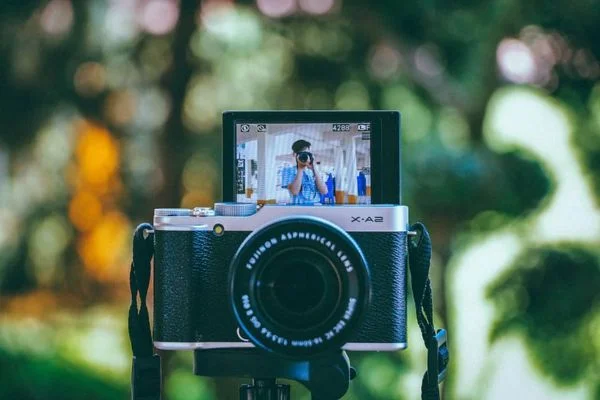Whether you’re shooting a concert for a client or just documenting the moment for yourself, getting the perfect shot can be tricky. However, capturing an amazing image is much easier with the right camera positioning. Here’s where to position cameras for concert to get ideal shot.
Place cameras strategically at a concert:
1) Front-stage for close-ups of artists.
2) Side-stage for profiles and instrument shots.
3) Audience view for capturing the crowd’s energy and ambiance.
Where To Position Cameras For Concert | Let’s Find Out
Get Creative with Angles
An important part of good concert photography is experimentation. Rather than placing one camera at eye level in the center of the room, try experimenting with angles and positions.
Consider taking photos from higher up—like from the balcony or below—like from an aisle or on stage. Experiment with wide-angle shots to give viewers a better sense of the environment.
Know Your Light Show
Most concerts feature a lighting show, whether simple spotlights or complex lasers and strobes. Light is crucial in capturing crisp images that don’t appear too dark or too noisy onscreen. You can prepare your camera settings accordingly if you know what kind of lights are used in a show.
Utilize Multiple Cameras
Using multiple cameras is essential if you want to capture all the action during a live performance. Having cameras placed at different angles gives you more editing options.
But also allows you to capture more dynamic shots that showcase musicians and fans alike. Plus, having multiple cameras lets you cover more ground and ensure no moment goes uncaptured!
Also Read: What To Look For In Camera Strap For Concert Photography?
What Are The Best Settings To Film A Concert?

You’ve got tickets to a live show and wonder how to make the most of your experience by capturing it on video. Whether you’re an amateur or a pro, it can be challenging and rewarding to shoot a concert. It requires skill, preparation, and attention to detail. In this section, we’ll look at the best settings for filming a concert.
Setting Up Your Camera
First things first, you need your camera ready before the show starts. Choose a place in the venue that allows you to capture the entire performance without obstructing other people’s views of the stage.
If possible, shoot from the balcony or high up to get as much of the room into the frame as possible. If you are using a DSLR or mirrorless camera with interchangeable lenses, consider bringing different types of lenses to switch between wide angle and telephoto shots during filming.
Camera Settings
When setting up your camera for filming concerts, there are several important factors to consider. Firstly, ensure that your ISO is low enough so that grain is not visible in dark areas of your footage.
A good rule of thumb is to keep your ISO between 800-1600 for indoor lighting conditions when shooting concerts. Secondly, set your shutter speed at twice the frame rate of what you are recording in (so if you’re shooting at 30fps, then use 1/60th second).
This will help give smooth motion blur while still allowing some light into each frame when it needs it most—during darker scenes where extra light is needed for more exposure in low light settings.
Lastly, adjust the white balance accordingly depending on what type of lighting is used during the performance—cooler tones (around 5000K) tend to work well for shows with LED lights, while warmer tones (around 3000K) work better for incandescent lights.
Finally, turn off image stabilization if available, as this will cause shaking during fast movements when trying to film concerts. Because it may not be able to adjust quickly enough due to erratic motion from performers dancing on stage and other audience members dancing around them.
Also, shoot at a higher bitrate if possible since this will give higher-quality footage. However, be aware that large file sizes require faster cards or hard drives for storage, depending on how long your concert lasts!
Also Read: Are Mirrorless Cameras Good For Photography?
What is White Balance For Concert Photography?
When it comes to concert photography, it’s important to nail your white balance. Auto white balance isn’t always ideal and can be limited in certain lighting conditions. So manual white balance settings are the way to go for better results.
The best settings depend on your venue’s color, temperature, and warmth. Use a warmer setting during the daytime or if there is more red or orange light from artificial lights. Experiment and adjust accordingly to find a balance that works best!
Also Read: Are Dslr Lenses Compatible With Mirrorless Cameras?
Bottom Line:
So where to position cameras for concert? Capturing amazing images at a concert isn’t rocket science—it just takes some clever planning and creative camera positioning!
Experimenting with angles, understanding how your camera reacts to light shows, and utilizing multiple cameras are great ways to ensure no moment goes uncaptured during your next shoot.
With these tips in mind, you’ll be well on your way toward capturing stunning images that capture the energy of live performances!

